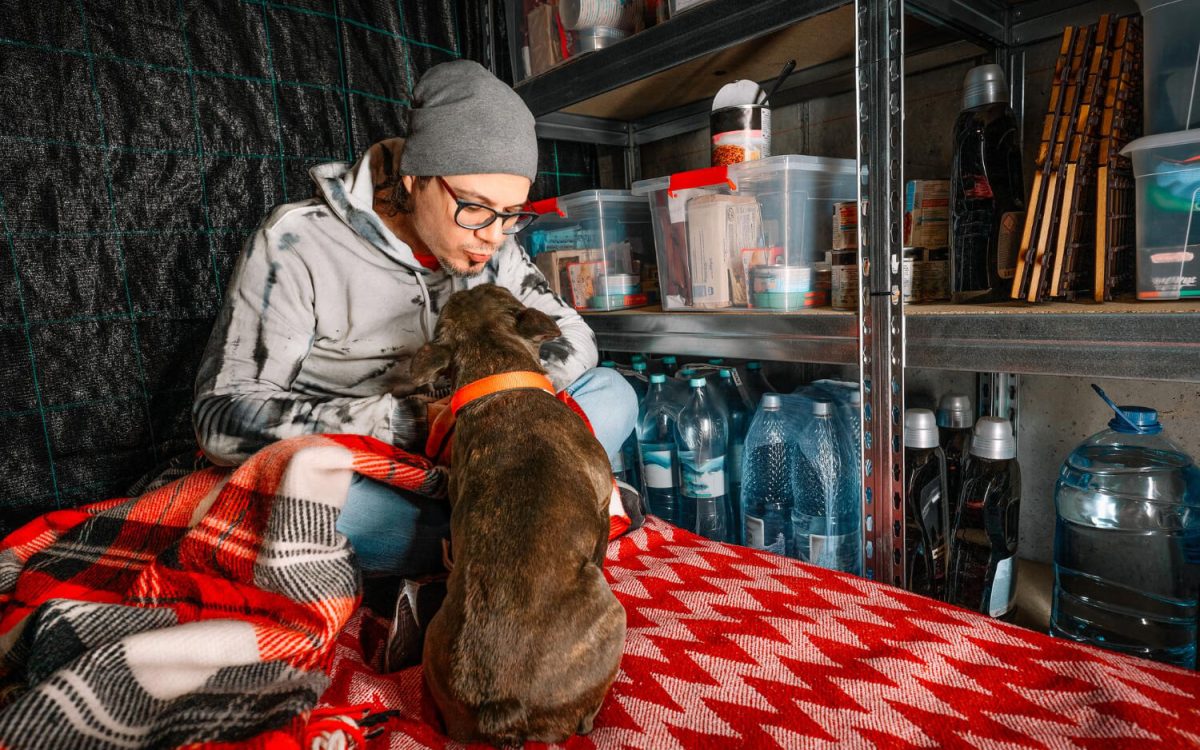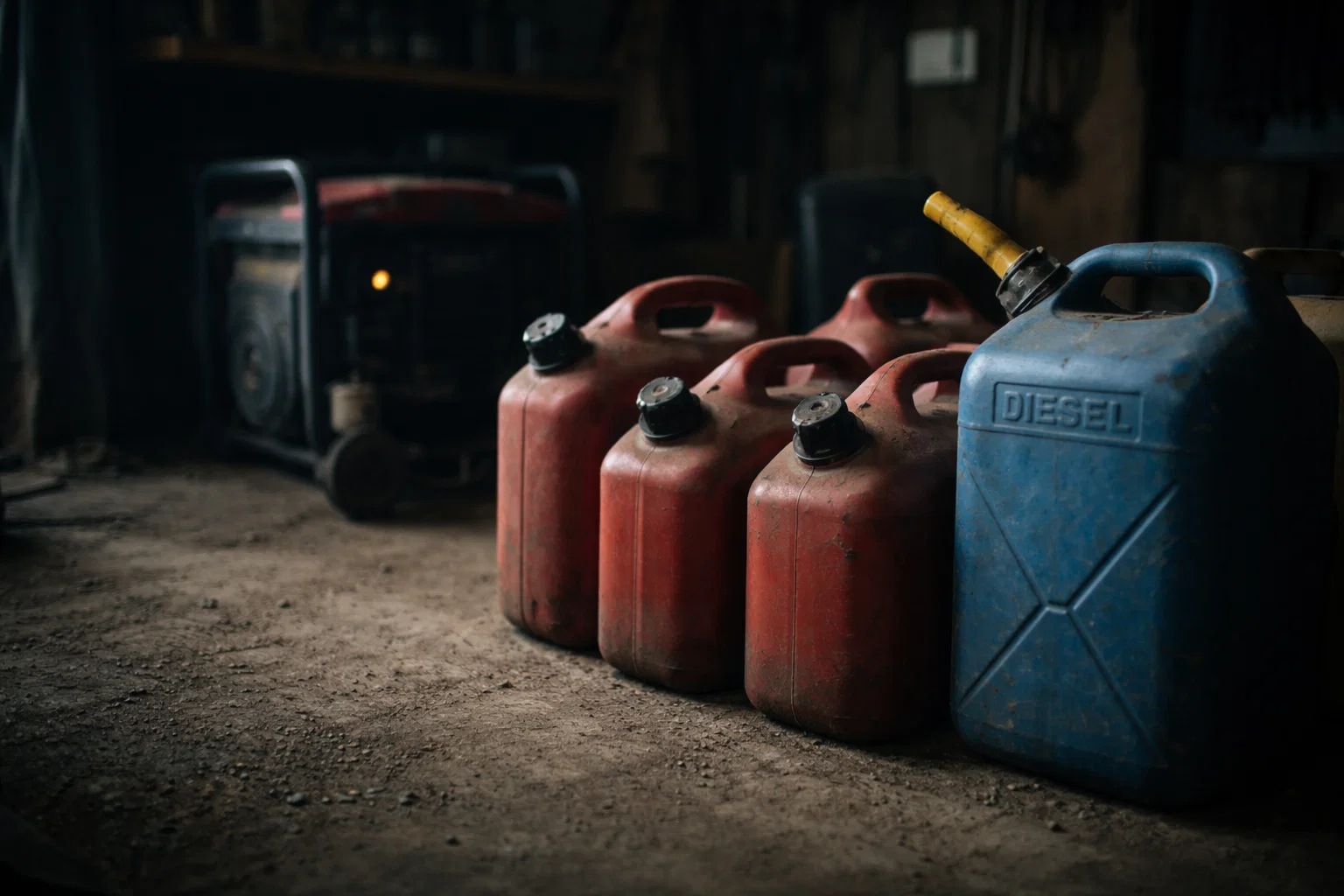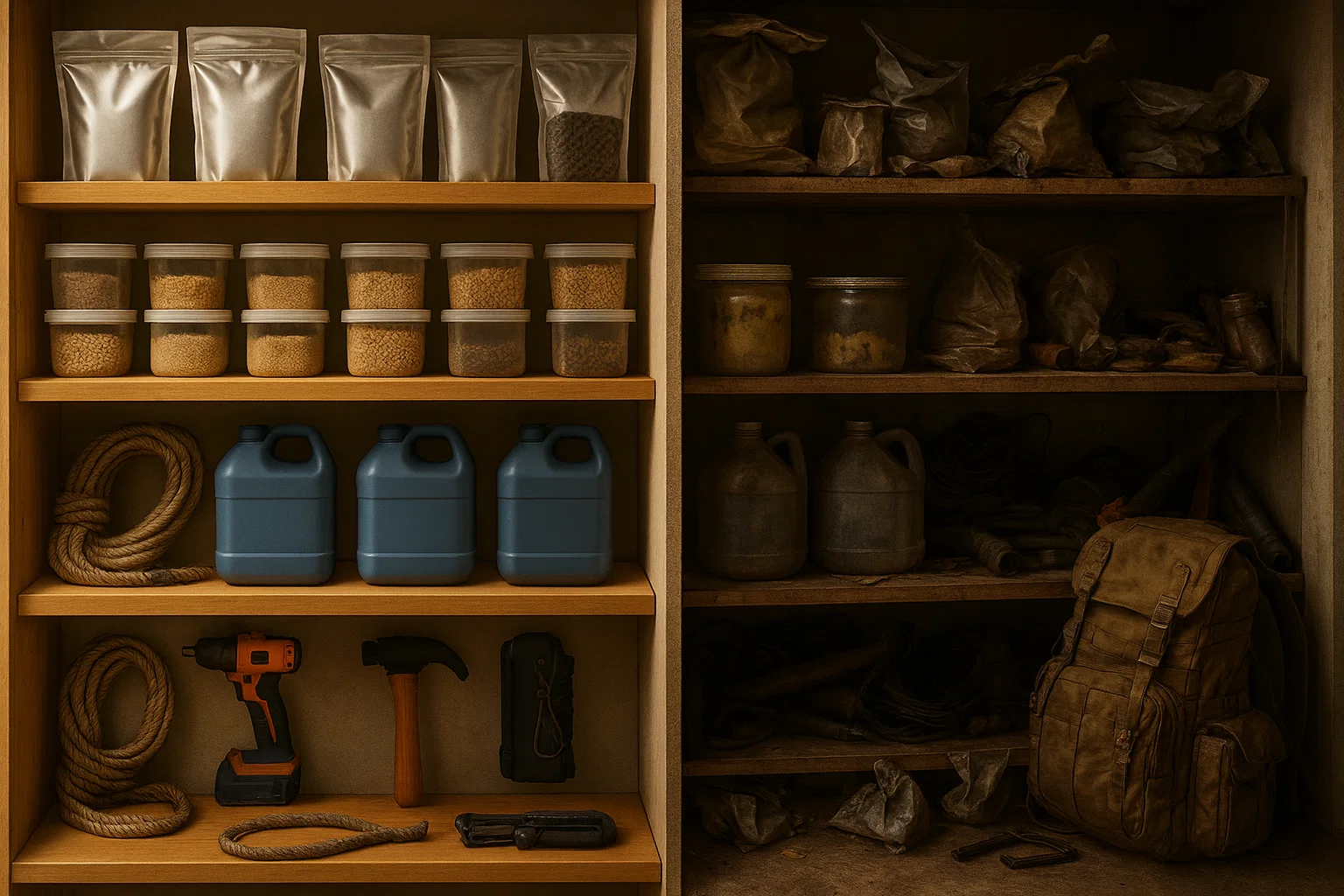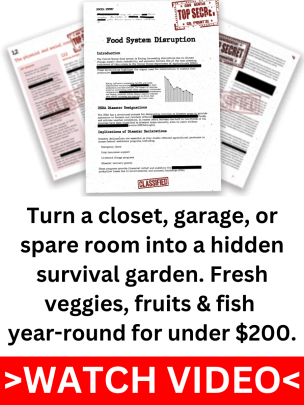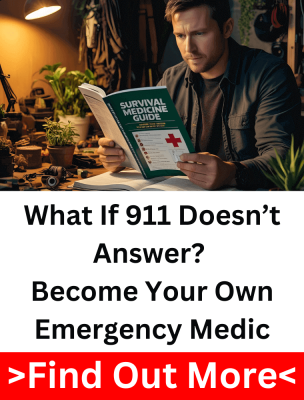Did you know nearly half of pet owners say they wouldn’t evacuate during a disaster if they couldn’t bring their animals? That’s not just a touching sentiment, it’s a potential death sentence, both for the people and the pets. Yet most emergency plans, survival blogs, and even bug-out gear checklists barely mention animals at all.
And that’s the dangerous gap nobody wants to talk about. Prepping with pets comes with its own set of challenges, logistical, emotional, even medical. But if your plan doesn’t include your four-legged family members from day one, you’re not actually prepared. When SHTF, you won’t have time to figure it out on the fly.
Most Emergency Plans Leave Pets Behind
If you’ve ever watched footage from a hurricane or wildfire evacuation, you’ve probably seen it: someone sobbing as they drive away, their dog or cat left behind because the shelter wouldn’t take them. It’s heartbreaking. But it’s also more common than most people realize. During Hurricane Katrina, thousands of pets were abandoned, not because their owners didn’t care, but because they simply didn’t have a plan that included them.
The truth is, most public shelters still don’t allow pets. Sure, service animals are protected, but for the average dog or cat? You’re often on your own. That reality rarely gets discussed in mainstream survival advice, yet it’s one of the biggest blind spots in emergency planning. Prepping with pets isn’t just a nice idea, it’s essential, because no one else is coming to save them.
When a crisis hits, people make snap decisions. If your plan doesn’t already account for your animals, you might be forced to leave them behind, or worse, risk your own safety trying to go back for them. It’s not just an emotional burden, it becomes a real tactical failure. That’s why prepping means planning for every living soul under your roof, not just the human ones.
What a Real Pet Bug-Out Bag Looks Like
A lot of folks assume that tossing a few cans of dog food into their own bug-out bag means they’ve covered their bases. But if that’s all you’re packing for your animal, you’re not ready. Prepping with pets isn’t just about throwing in extra chow, it’s about planning for their comfort, health, and safety over several days, maybe even weeks.
Start with the basics, sure, food and water for at least a week. But then think deeper. Does your dog have any meds? Do you have proof of vaccinations in case you land at a temporary shelter? What about waste cleanup, spare ID tags, a sturdy leash, or a muzzle if needed? Your pet bug-out kit should be built just like yours: not just for survival, but for stress, unpredictability, and movement.
If you’re the kind of prepper who plans for everything, right down to your pets, our store might be exactly what you’ve been looking for.
Visit the store and see what’s waiting for you.
One of the biggest mistakes preppers make is storing their pet gear too far out of reach or forgetting to rotate it. That bag needs to be ready to grab and go, just like your own. And everything in it, food, meds, even chew toys, should be checked every few months. If your pet hasn’t used a crate in years, now’s the time to reintroduce it. Gear isn’t useful if your animal won’t tolerate it when it counts.
Here’s a quick reminder of what a real pet bug-out bag should include:
- At least 7 days of food and water, a collapsible bowl, basic meds, vaccination records, leash, ID tags, poop bags, and one familiar comfort item like a blanket or toy.
The Evacuation Test That Catches Most People Off Guard
You might have the best bug-out plan in town, but if your pet freezes up or vanishes the moment you reach for the crate, none of it’s going to matter. Panic reveals a lot, especially in animals. A dog that walks calmly every morning might suddenly dig in and refuse to get in the truck. A cat that seems chill all day might bolt under the couch the second the weather sirens go off. That’s not bad behavior, it’s fear. And most preppers don’t test for it until it’s too late.
I know a guy whose entire bug-out was delayed 45 minutes during a wildfire evacuation because his Labrador refused to go in the backseat. The dog sensed the stress, smelled the smoke, and flat-out refused. That delay nearly cost them both. Practicing drills is good, but real stress is different. If you’re serious about prepping with pets, you’ve got to prepare for their reactions too, not just your own.
Hunkering Down? Your Home Isn’t Pet-Proof Yet
A lot of people think that staying put during a crisis makes things easier, especially when you’ve got pets. But the truth is, sheltering in place brings its own problems, especially if you haven’t thought through your setup. Pet food has a shelf life, and if you’re storing it in the garage or basement with the rest of your stockpile, humidity, pests, and time can do some real damage. Just like your food, it needs rotation, sealed containers, and a plan.
Then there’s the stress. Loud sirens, shouting in the streets, or even distant gunfire can send pets into a panic. Dogs shake, cats vanish under beds, and the tension just builds. That’s why pet emergency preparedness isn’t just about supplies, it’s about routine. Having a quiet space set aside, bringing out familiar toys or blankets, even staying calm yourself… all of that matters. If you’re wired up, they will be too.
You should also think about physical safety. Civil unrest, earthquakes, strong storms, any of those can turn your home into a danger zone fast. Close off crawlspaces, block tight hiding spots, and make sure your pets can’t slip out a broken window or busted fence. The last thing you want is your dog running into a riot or your cat getting trapped under a collapsed shelf.
When the Vet’s Gone: How to Handle Pet Health in Crisis
Most folks never think twice about calling the vet when their dog’s limping or their cat skips a meal. But when the grid’s down or roads are blocked, that option’s gone. And if you’re prepping with pets, you’ve got to be ready to take over basic care yourself. Knowing how to check a heartbeat, stop bleeding, or clean out a wound isn’t just helpful; it could save your animal’s life.
Start with a few key over-the-counter items: gauze, antiseptic spray, hydrogen peroxide (for inducing vomiting if your vet previously advised it), and an oral syringe for fluids. Styptic powder can help stop minor bleeding. Even Benadryl, dosage checked with your vet ahead of time, can be a lifesaver in allergic reactions. Your pet’s bug-out kit should always have a simple, well-labeled first-aid pouch tucked inside.
In a true crisis, what matters most is timing. A limp might not be life-threatening, until you have to walk 10 miles on foot. Dehydration can creep up fast, especially in heat or after vomiting. That’s why part of smart pet disaster planning is observation. Watch their breathing, their energy levels, their eating habits. The earlier you catch something, the easier it is to deal with, and the more likely your pet gets through it.
No One Talks About the Emotional Toll
There’s something a lot of preppers don’t admit out loud, but it’s real. The guilt. The fear. The emotional weight that comes from knowing your pet depends entirely on you when things go sideways. It’s not like leaving behind a spare can of beans. This is a living creature that trusts you completely, and in a crisis, every choice you make for them becomes heavier. Whether it’s watching them panic during a storm or being forced to carry them through chaos, the emotional side of all this is no joke.
That’s why prepping with pets goes way beyond food and gear. It’s about protecting your peace of mind, too. Knowing you’ve done the work, practiced the drills, packed the kit, trained for the noise and stress, gives you something solid to hold onto when everything else is falling apart. Because when you’re ready, you’re not just saving them. You’re sparing yourself from the kind of pain no one wants to carry.
If you’ve read this far, you already know the truth, pet prepping is real prepping. It’s not an add-on or an afterthought. It’s part of the plan, same as food, water, and defense. When the world gets unpredictable, your pets aren’t just companions, they’re your responsibility. And like any good prep, the work you put in now saves you from regret later.
Because in the end, when it all falls apart, they’re not just animals. They’re family. They trust you without question, and in a crisis, they’ll be looking to you for everything. Prepping with pets isn’t just about keeping them alive, it’s about making sure you never have to live with the pain of leaving them behind.

